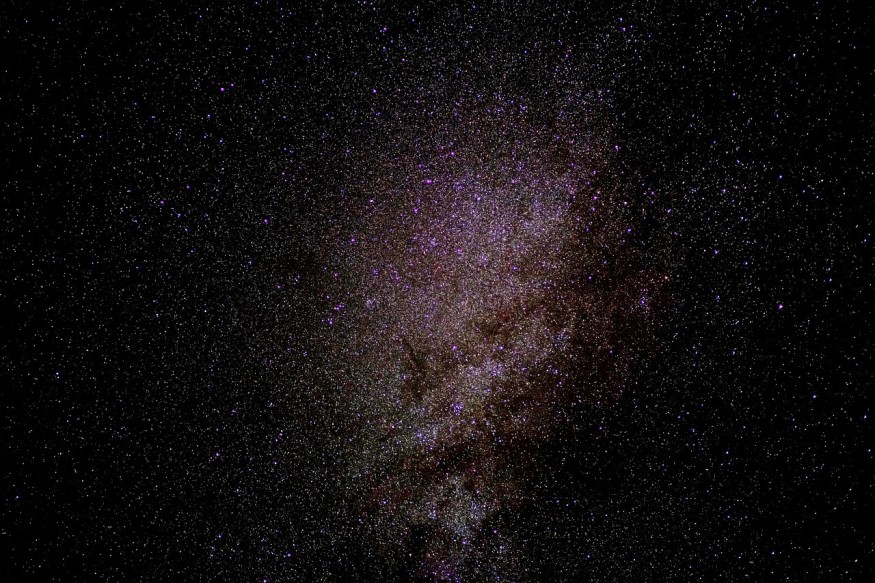
The powerful James Webb Space Telescope (JWST) was able to spot three bright objects that could be "dark stars" that are powered by dark matter.
Dark Stars
According to Space.com, dark matter is thought to account for the majority of the universe's material. However, the material itself cannot be observed through conventional and typical telescopes. Its presence can be charted by assessing gravitational effects.
Dark stars, as their name suggests, could be powered by dark matter particles. They are assumed to work the same way as typical stars, like the sun, that are powered by normal matter.
Futurism adds that Katherine Freese, a study co-author and astrophysicist from the University of Texas at Austin, explains in a statement that the discovery of a new kind of star could be quite interesting, but finding out that it is powered by dark matter is someth4ing massive.
According to Forbes, dark stars have remained theoretical until now. Their existence, if verified, could help shed more light on how the universe got light.
For roughly 15 years, specialists have speculated that these stars were among the earliest ever produced by the universe, back when it was only around 700 million years old. They are thought to be around 10 billion times as bright as the sun in the solar system.
Read also: Dark Exoplanets: Scientists Claim There Could Be Planets Made of Dark Matter Orbiting Stars
Three Possible Candidates
The observations of the magnificent JWST suggest that the three far-away and bright objects meet the criteria of dark stars: being luminous but too cool to facilitate fusion. The remarkable observations and conclusions were detailed in the PNAS journal.
The authors caution in their paper that there are some undetermined parameters that manage a dark star's evolution, formation, and observable characteristics. Nevertheless, they stressed that they made use of possible values for dark matter energy particles in constructing models for these objects.
The three dark star candidates are JADES-GS-z12-0, JADES-GS-z13-0, and JADES-GS-z11-0. Forbes adds that at first, they may look like galaxies. However, these three do not fit the theory regarding traditional galaxies, Phys reports. Closer investigations of these objects reveal that they look like diffuse and puffy objects that are similar to dark stars.
They could be a possible target for further JWST observations. These further investigations could focus on finding dips or surpluses of light intensity in particular bands of frequency. These findings could potentially align with other predictions for dark star energy.
On top of these propositions, the team also suggested that, with age, dark stars would end up collapsing into supermassive black holes. This potentially explains the existence of several black holes across the Universe and also sheds light on why dark stars remained previously undiscovered, which could be due to the lack of equipment that could look back in time until the JWST was launched.
RELATED ARTICLE : New Map of 'Dark Matter' in the Universe Shows Einstein May Have Been Right, Scientists Say
Check out more news and information on Space in Science Times.











